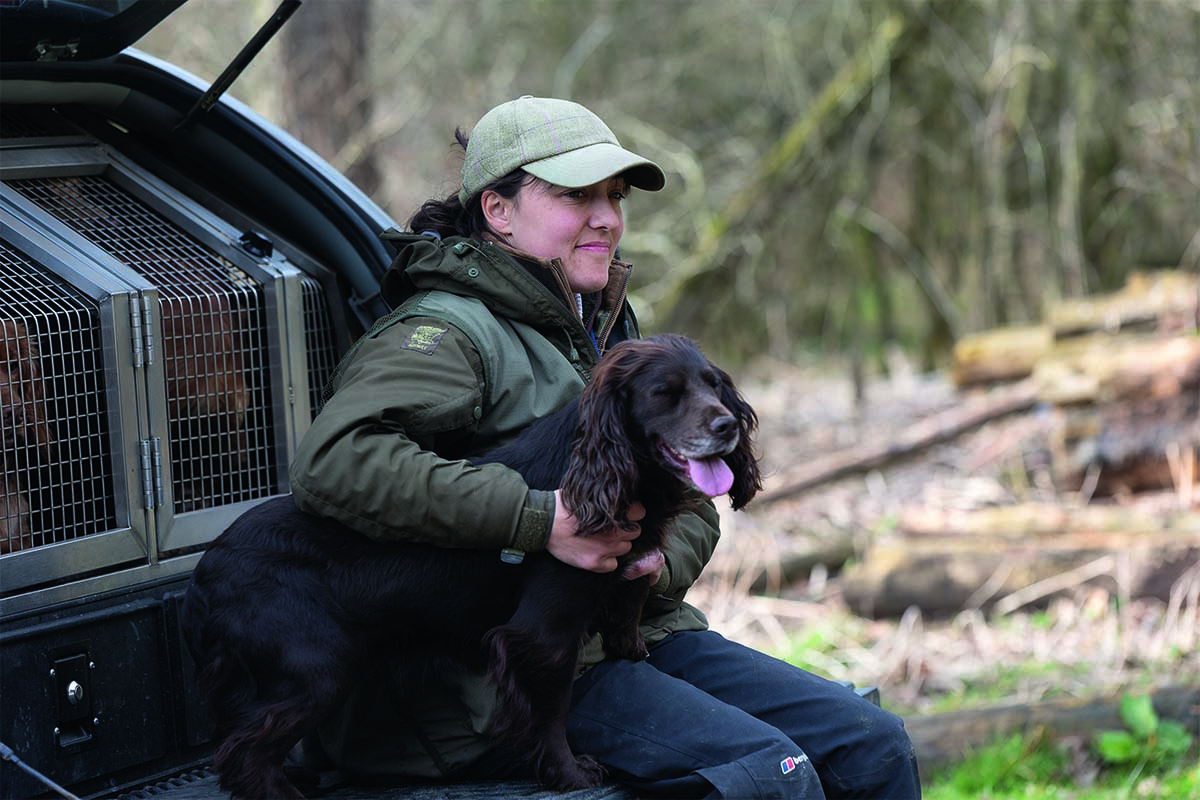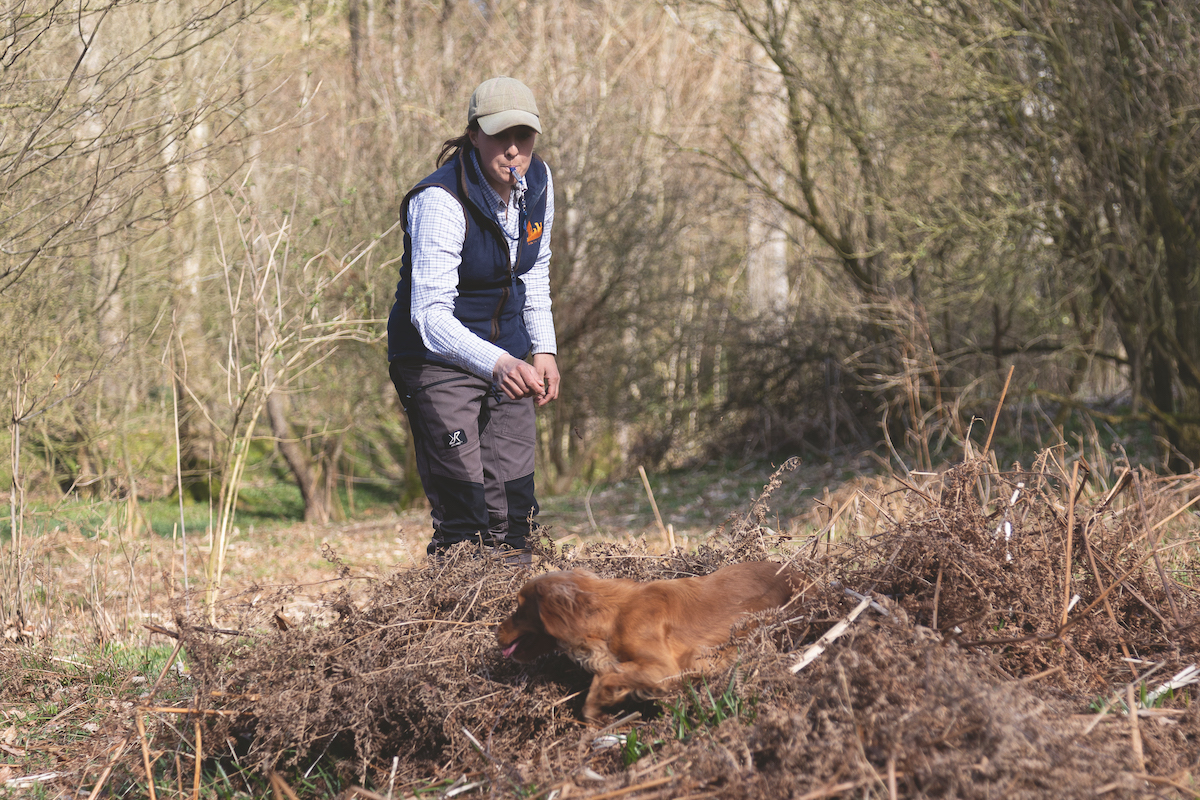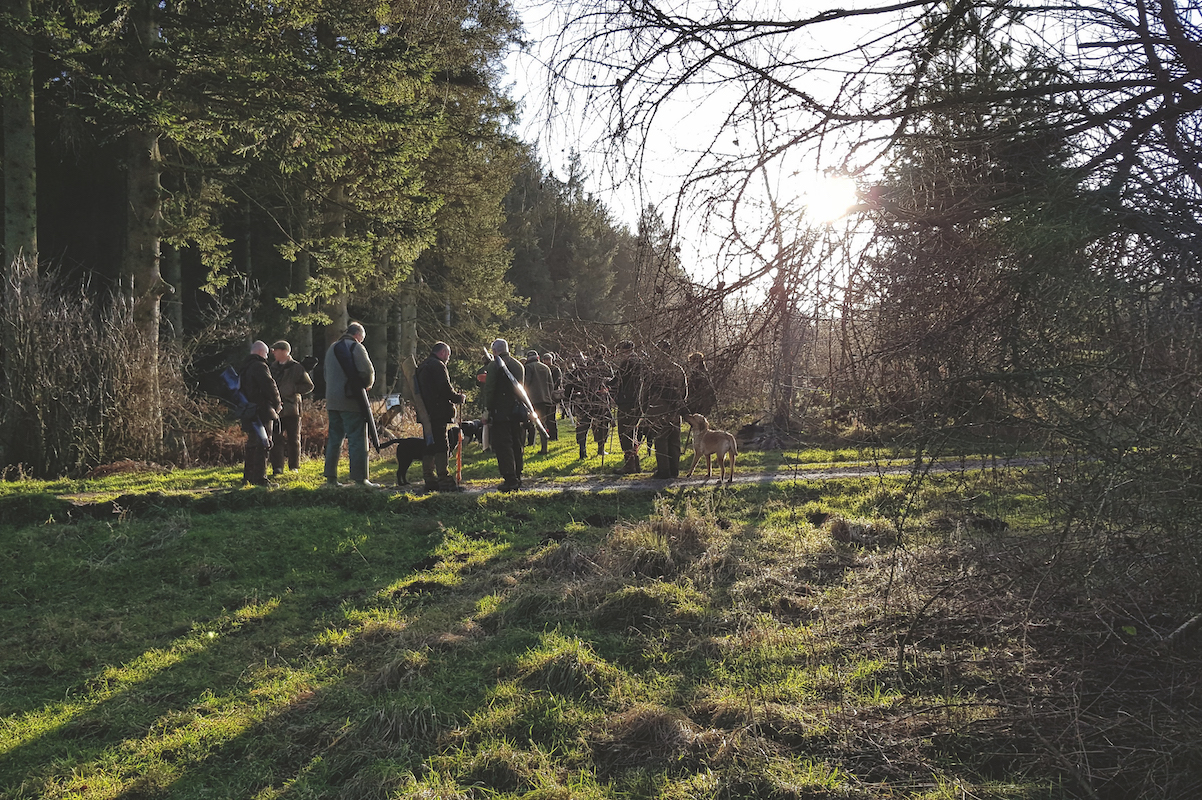Training off-season: these are the reminders you need to give your working dog
Fran Ardley goes through some training you need to give your dog once the season is over

Gundogs need to be able to stay relaxed in busy environments
Why training off-season is needed
Unlike a gun that can be put away at the end of January, pulled out in September and still go bang, you cannot expect to do the same with your dog. As handlers we have to take some responsibility, as we tend to lose a bit of concentration and get a bit slack with our commands. Also, a shoot day is not the time or place to correct a dog if it does go wrong.
Common misdemeanours involve ignoring whistle commands, running in (lack of steadiness), pulling on when hunting, not stopping to the flush, sloppy delivery on a retrieve and poor heel work. It should be emphasised that these things should have been taught properly before going out in the shooting field, so it is not a case of training the dog from scratch. Instead, you are simply going back to boot camp and reminding the dog of what is required by training off-season.
Settle and relax
One thing that many novice trainers forget to teach their dogs is to just settle and relax. Gundogs can easily be excited during the shooting season, so part of my gundog training off-season regime is to spend plenty of time with the dogs just sitting and doing nothing. This very valuable lesson would be better reinforced if you can get a friend to work their dog while yours just has to sit and watch.

Fran keeps the dog’s attention with varied speeds and directions
Back to heel
This may seem a boring exercise, but it is something that needs to be sorted or it will only get worse the next season. I like to find an uninteresting piece of ground to reinforce good heel work; a car park is ideal. Don’t just walk up and down in straight lines. Do figures of eight and boxes (sharp left and right turns). Change your pace from slow to quick, as this will encourage the dog to focus on you and avoid it slipping into the mindset of pre-empting what you are doing. (Read more on heel work here.)
Steadiness
Steadiness, or lack of it, is probably the most common fault that creeps in during the season, especially if you do a lot of picking up with your dog. You will no doubt have been sending the dog for runners as soon as they hit the ground, and this is the quickest way to unsteady your dog. It is quite difficult to recreate the excitement of a shoot day, but a few sessions of throwing dummies, even cold game, around the dogs and calling them back from the retrieves is a good way to remind them that not every retrieve will be for them. This exercise works even better if you have another dog to send for the occasional retrieve.

Dogs will likely need a reminder of commands such as stop/sit
Back in touch
If you have been using your dog in the beating line, chances are that as the season drew on the dog has pulled further and further ahead, especially towards the end of the season when birds run rather than flush. It is probably the most common fault, and early spring is the ideal time to get the dog’s hunting pattern tidied up when the weather is cool and damp. If you are lucky, there will be plenty of scent about and even a few birds. Go back to your basic hunting training, ensuring that every time you pip that whistle the dog turns. If needs be, walk in a zigzag line to encourage the dog to turn with you. Do not let the dog pull forward, but if it does, pip the whistle, take a few steps away and ‘draw’ the dog back. If you had a sound hunting pattern before you took the dog out, it will remember where it needs to be. Repetition is key and training off -season will reap dividends.

Fran will pip the whistle if the dog begins to pull forward to draw it back
Stop whistle
When we taught the dog the stop whistle, it was a case of being consistent. If we blew the whistle and the dog moved, we went out and put the dog back on the spot. This was repeated until the dog got the idea. When working the dog during the season you will have been blowing that stop and the dog will have either ignored it or not responded sharply, so it is a case of going back to basics and being consistent. If your dog had a solid stop/sit whistle before, it just needs reminding what is required. (Read more on the stop whistle here.)









